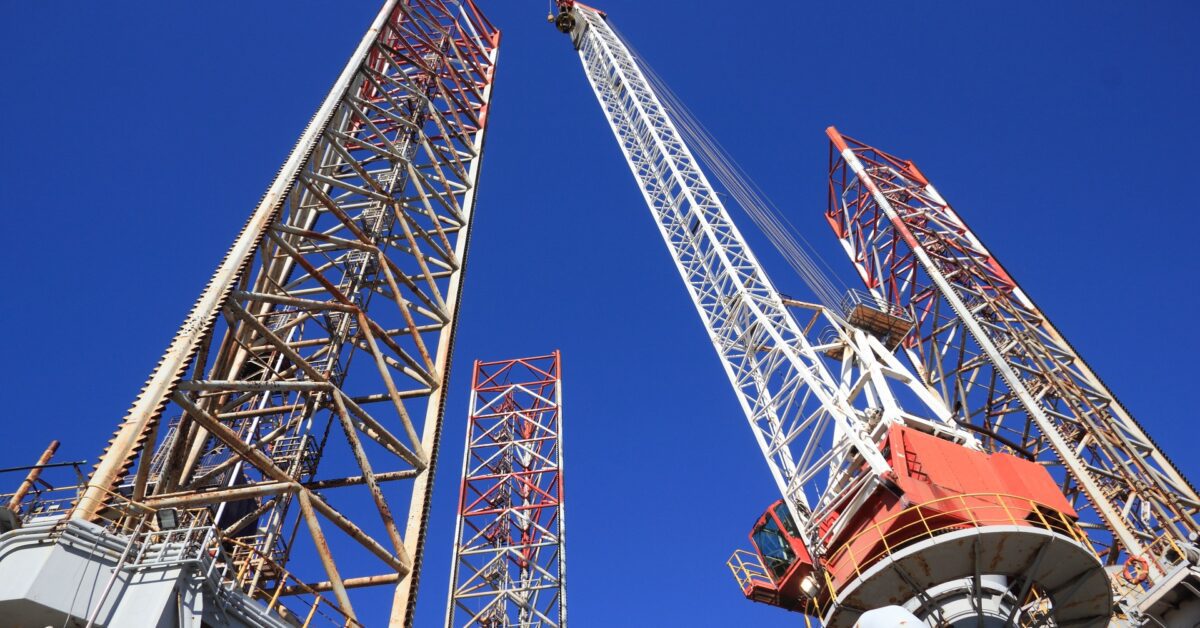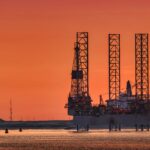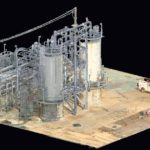The oil and gas industry is necessary in our current world in maintaining industrialization, fueling transportation, and even generating electricity. Crude oil and natural gas are both classified as fossil fuels and primary sources of energy because of their important role in powering the globe.
Furthermore, the oil and gas industry is significant in the world economy. The United States plays a prominent role in sourcing and producing these fuels.
Oil, or petroleum, is a naturally occurring resource found in liquid form and is used to make gasoline, jet fuels, and other petroleum products. Similarly, natural gas is a naturally occurring resource that can be found in plenty across the United States.
As its name suggests, natural gas occurs in a gaseous state and is often found in the crevices of porous rock such as shale. It’s worth noting too that natural gas supplies about one-third of U.S. energy consumption. Oil, as well as oil byproducts and natural gas, are transported throughout the United States through a network of pipelines.
You might be wondering about the process of acquiring these important materials. Natural gas and crude oil are obtained through two different drilling practices: onshore and offshore. In this article, we will cover the basics of onshore and offshore drilling practices, the process of exploration and drilling regarding each method, and the advantages and disadvantages of both approaches.
What Is Onshore Oil Drilling?
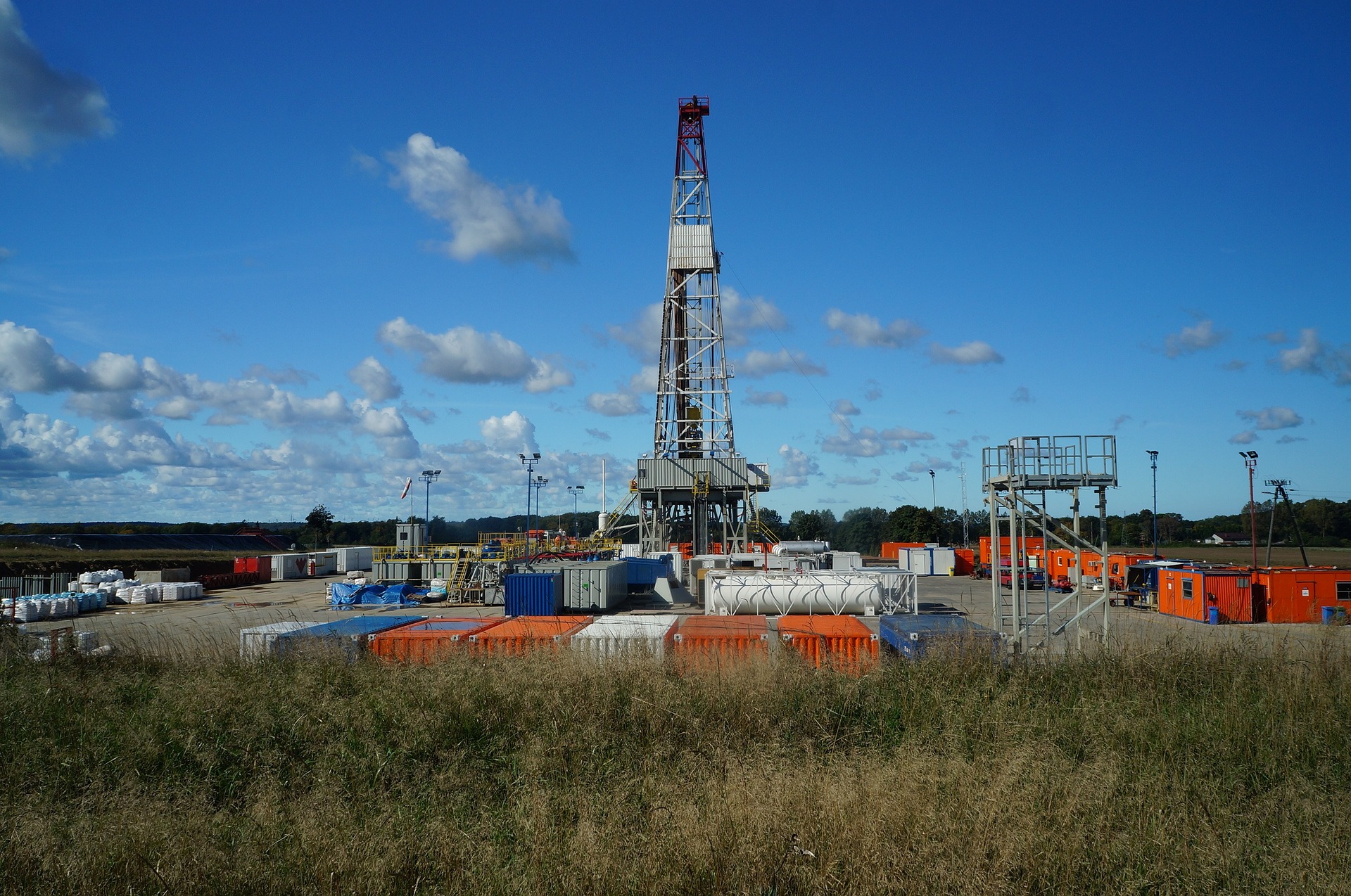
via Pixabay
There are two major methods utilized by companies in the United States to obtain gas and oil: onshore drilling and offshore drilling. As its name suggests, the onshore exploration and drilling process is entirely land-based, or on the shore.
The drilling process begins with the production of a wellbore, a long and slim vertical hole, that is drilled through layers of rock and sediment. Wells utilize either vertical or horizontal drilling techniques, but the technique varies depending on the type of oil or natural gas.
For example, hydraulic fracturing (or “fracking”) is often used to extract oil and natural gas from shale rock formations.
When it comes to onshore drilling sites, an oil and gas drilling field has multiple wells that are close together and interconnected by carbon steel tubes. Drilling for crude oil requires a significantly greater number of wells with about a well for each half acre.
However, natural gas only needs one well per every 80 acres of land. Oil and gas are then sent through carbon steel tubes where they go through a refinement process and are made into their respective final fuels and products. Drills continue to accumulate oil and gas for decades after their installation.
What Is Offshore Oil Drilling?
Because the U.S. border extends far beyond the coastline, there are opportunities to explore and look for oil basins under the sea. Offshore oil drilling occurs at these sites where basins of oil and natural gas are discovered under the ocean floor.
The Exclusive Economic Zone is the area of 200 miles of ocean between the coastline and the U.S. border. Much of this area is utilized as offshore drilling sites. Oil drilling also occurs in the Gulf of Mexico for the most part, where states such as Florida and Texas control nine miles of their respective coastlines and ocean.
Some other main offshore sites in the U.S. include the coast of California and the Arctic Ocean off the coast of Alaska.
There are a few different offshore methods, but the ocean adds some complications to the drilling process. Sometimes, workers will drill for offshore oil and natural gas from platforms that are fixed to the ocean floor.
There are also floating platforms fixed to the ocean floor that are utilized as the ocean’s depth increases. Offshore drilling, however, is less popular because of its inaccessibility and costly expenses of production.
What Is the Difference Between Onshore and Offshore Oil Drilling?
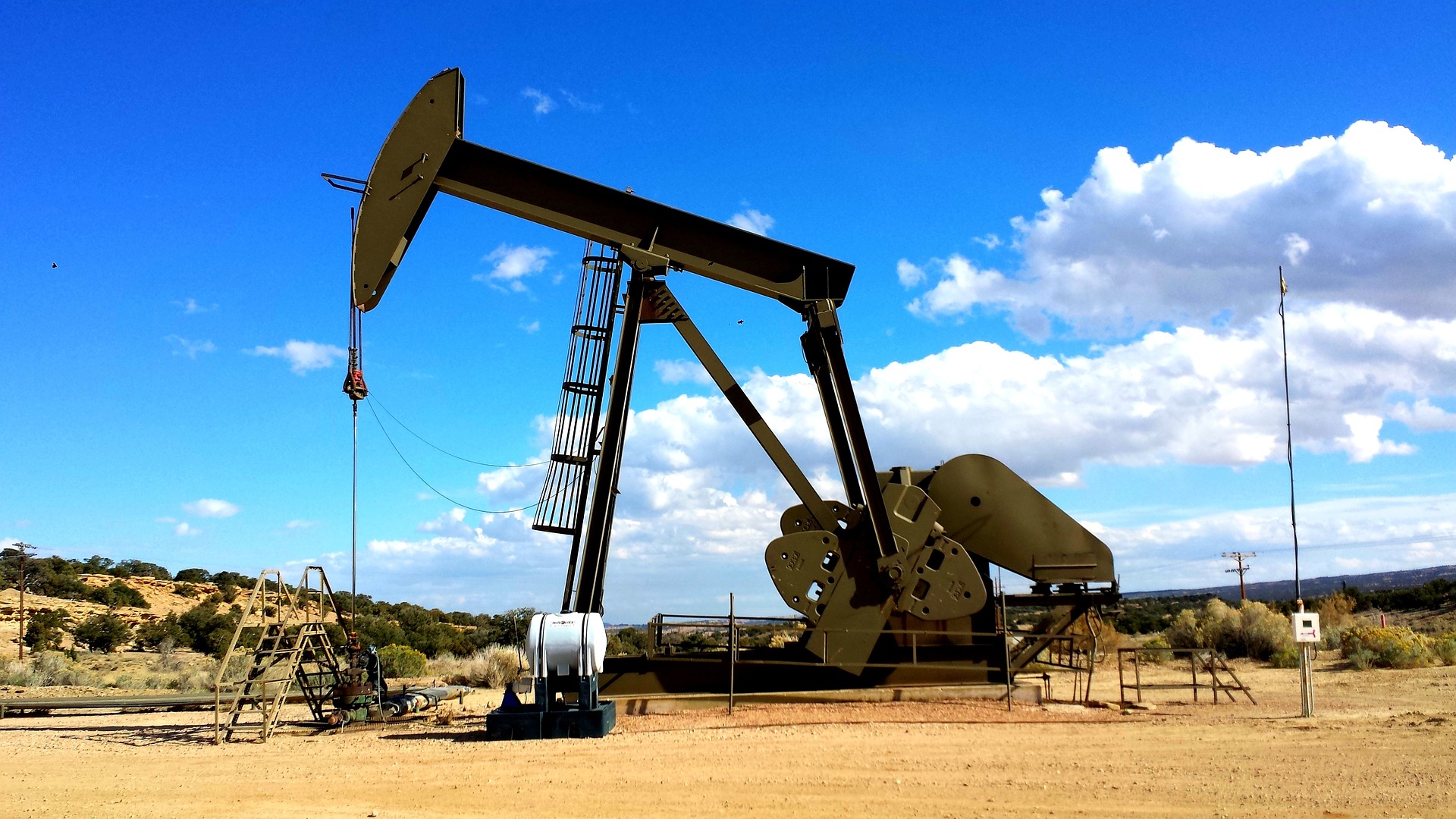
via Pixabay
Both onshore and offshore drilling practices utilize wells to collect deposits of crude oil and natural gas. However, let’s highlight a few of the main differences between onshore and offshore drilling:
Location is vital in considering both the onshore and offshore drilling methods. All onshore drilling practices occur on land and are therefore more accessible for crews to arrive and depart from the sights.
With onshore drilling, rigs and equipment are easier to maintain. Companies can also turn wells on or off to respond to current market demands. Furthermore, companies mobilize their drilling resources, so the installation process is much easier compared to offshore projects.
Offshore drilling, however, happens entirely over water. Because of the location above water, offshore drilling requires rig setups that take many years to build. It is extremely costly to invest in offshore drilling before oil and gas are found.
Is Offshore Drilling Better Than Onshore Drilling?
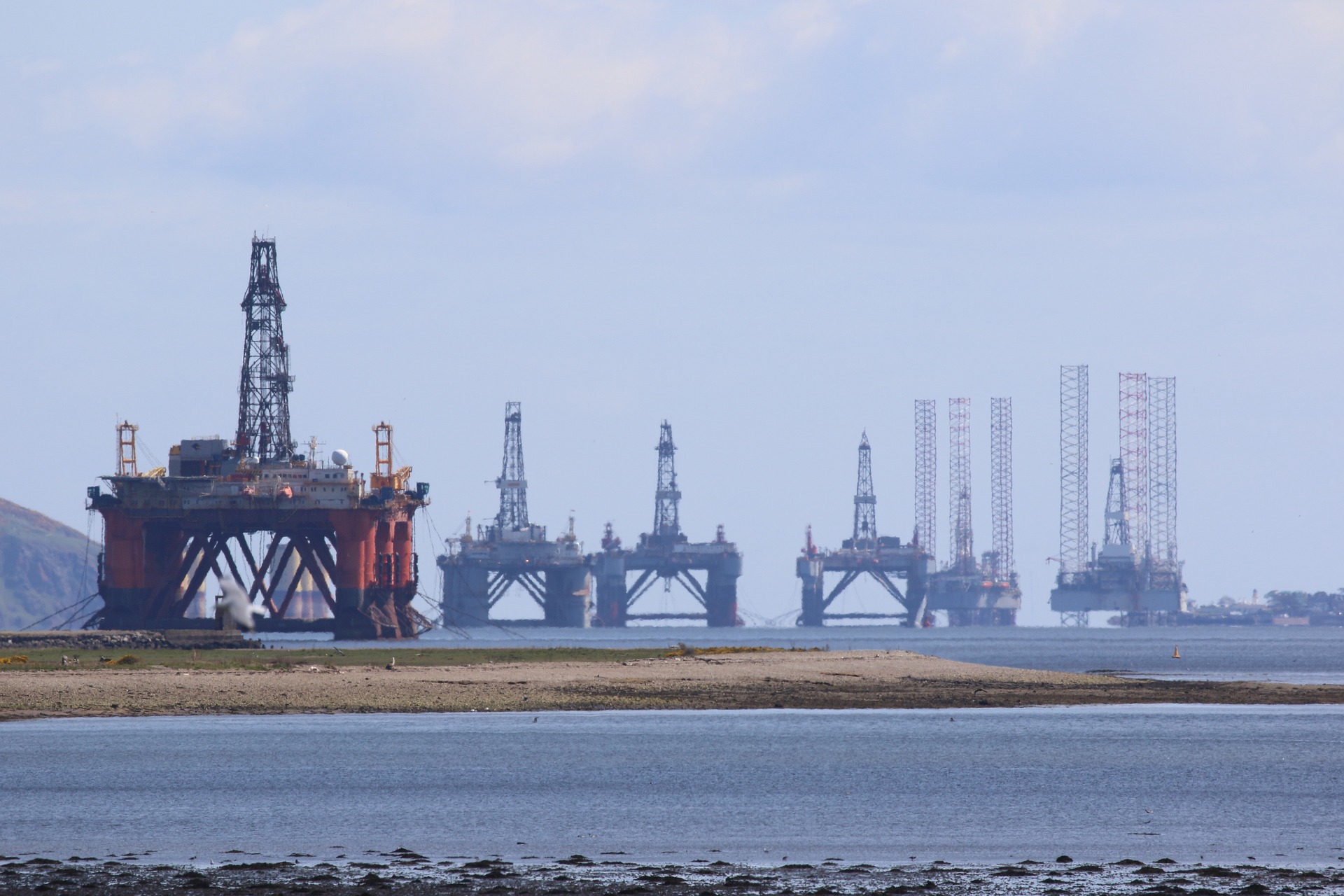
via Pixabay
Both offshore and onshore drilling practices have some advantages and disadvantages, including workplace safety concerns, economic considerations, accessibility to the well site, and environmental concerns.
Although weather conditions can be a concern anywhere, offshore locations need to consider storms and hurricanes regarding the stability of the structure and crew safety. Because inspections can be dangerous, drones have recently been helpful in the completion of inspections for oil and gas drilling and production.
Drones can help keep crew members safe on both onshore and offshore rigs. However, onshore drilling is generally more convenient in transporting crew and maintaining safe structures.
Thinking of economic advantages, offshore drilling adds to the domain of the United States. The Exclusive Economic Zone expands U.S. borders 200 miles from the coastline. With more opportunities to explore and drill for oil, offshore drilling increases the opportunity for the United States to be more self-reliant in fuel production while also creating new jobs in the growing field.
Offshore drilling is particularly controversial when thinking of marine life and ecosystems. Oil spills in the ocean inevitably occur from offshore sites and can be detrimental to ocean life. Ocean pollution can also affect the inhabitants of coastal cities.
Alternatively, onshore drilling is better maintained, and contaminants are easier to hold and properly dispose of. Both types of drilling have environmental concerns, but onshore drilling is less risky because it is not in an open body of water.
Is Fracking Done Onshore or Offshore?
One of the most widely used current methods in drilling for crude oil and gas is called hydraulic fracturing. Hydraulic fracturing or “fracking” occurs when a pressurized stream of liquid is injected into a dense body of rock.
Crews drill parallel to the surface and then fracture the shale sedimentary formations. Then, when crews blast the liquid, often composed of sand and water, the shale structures purposefully crack.
The fractures increase the surface area of exposed shale and porous rock, therefore increasing the amount of gas reached by a single well. The process increases permeability and speeds up the collection of natural gas. Fracking occurs both onshore and offshore in reaction to the discovery of shale.
What Percentage of Oil Is from Offshore?
Because resources are easier to reach on land, onshore drilling methods provide 70% of the world’s oil and gas. Onshore drilling is productive, cost-effective, and economically beneficial for the United States. Offshore oil makes up approximately 30% of the world’s oil, a smaller percentage due to the difficulty in setting up for drilling.
Final Thoughts
Whether onshore or offshore, it is crucial to recognize the advantages and disadvantages of both methods of extraction. It is important to understand the environmental and financial advantages and disadvantages of both to make an informed decision.
Onshore drilling is an older and more standard practice in gaining these natural resources, and offshore drilling brings the economic attainment of more jobs and excitement of a growing field.
The oil and gas industry is a significant part of everyday life because it fuels the industrialized world, and the extraction of oil and gas and the process from the ground to fuel are vital to life as we know it.
